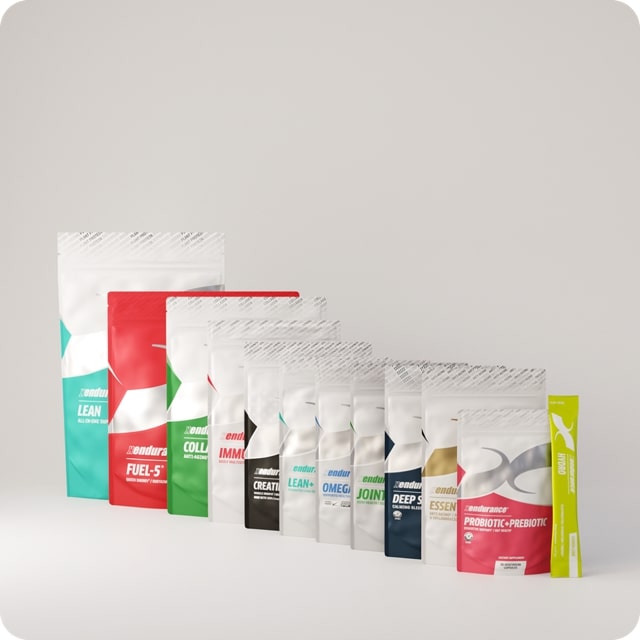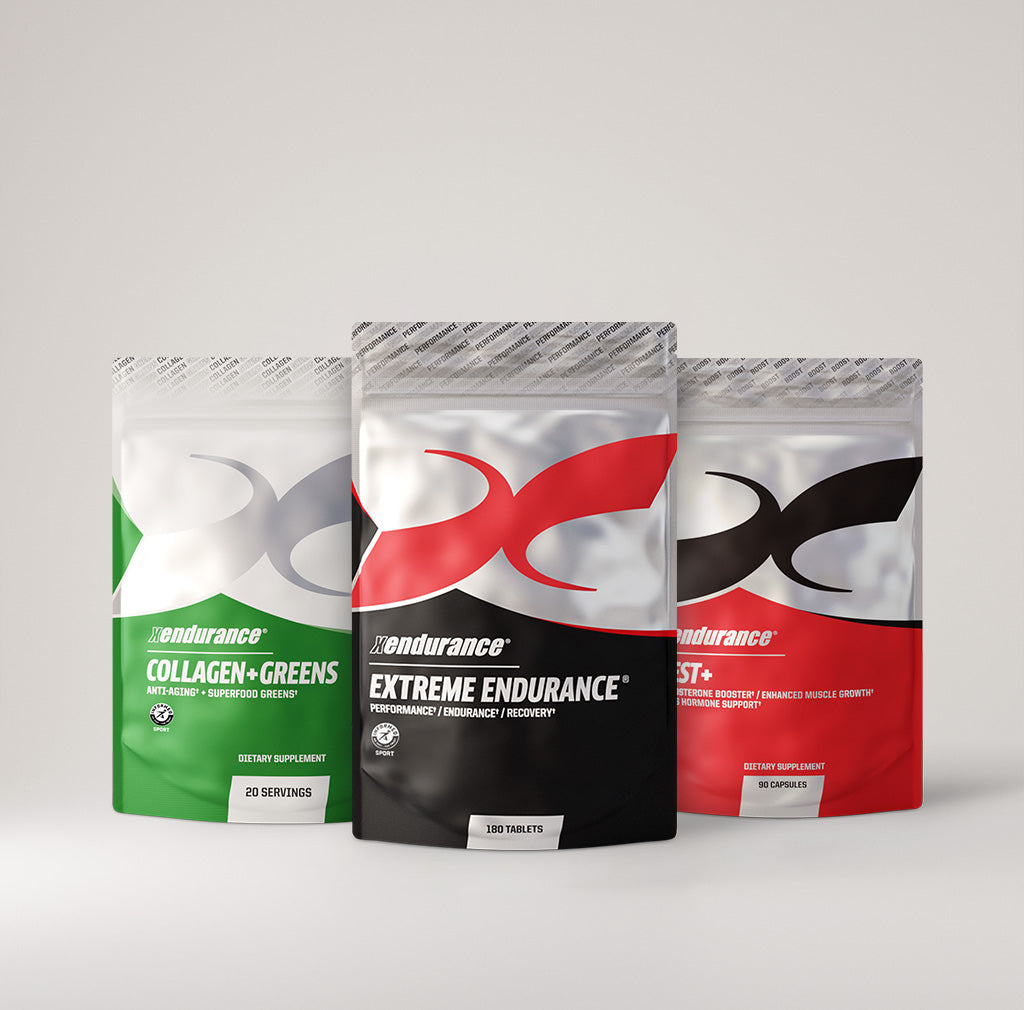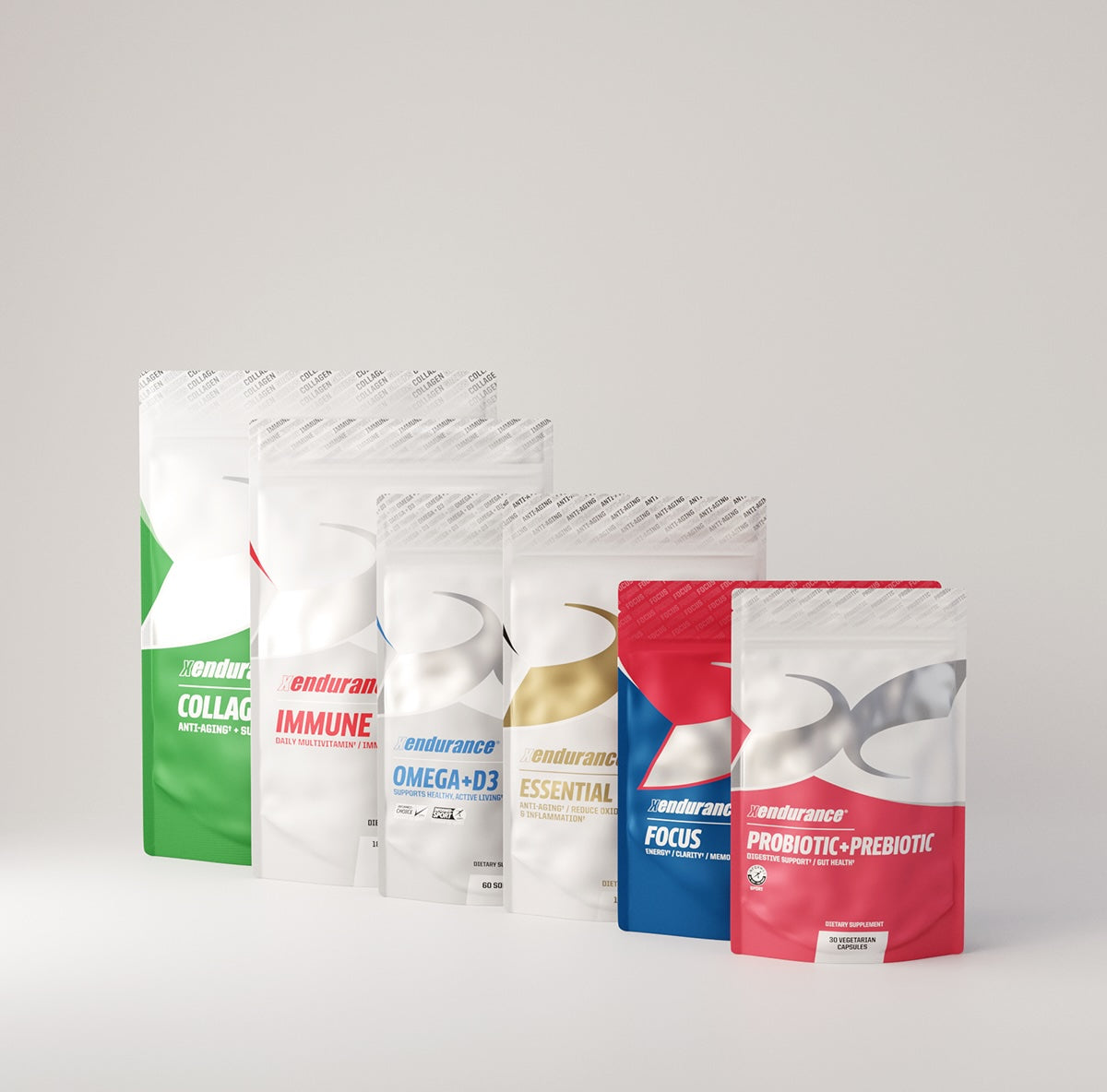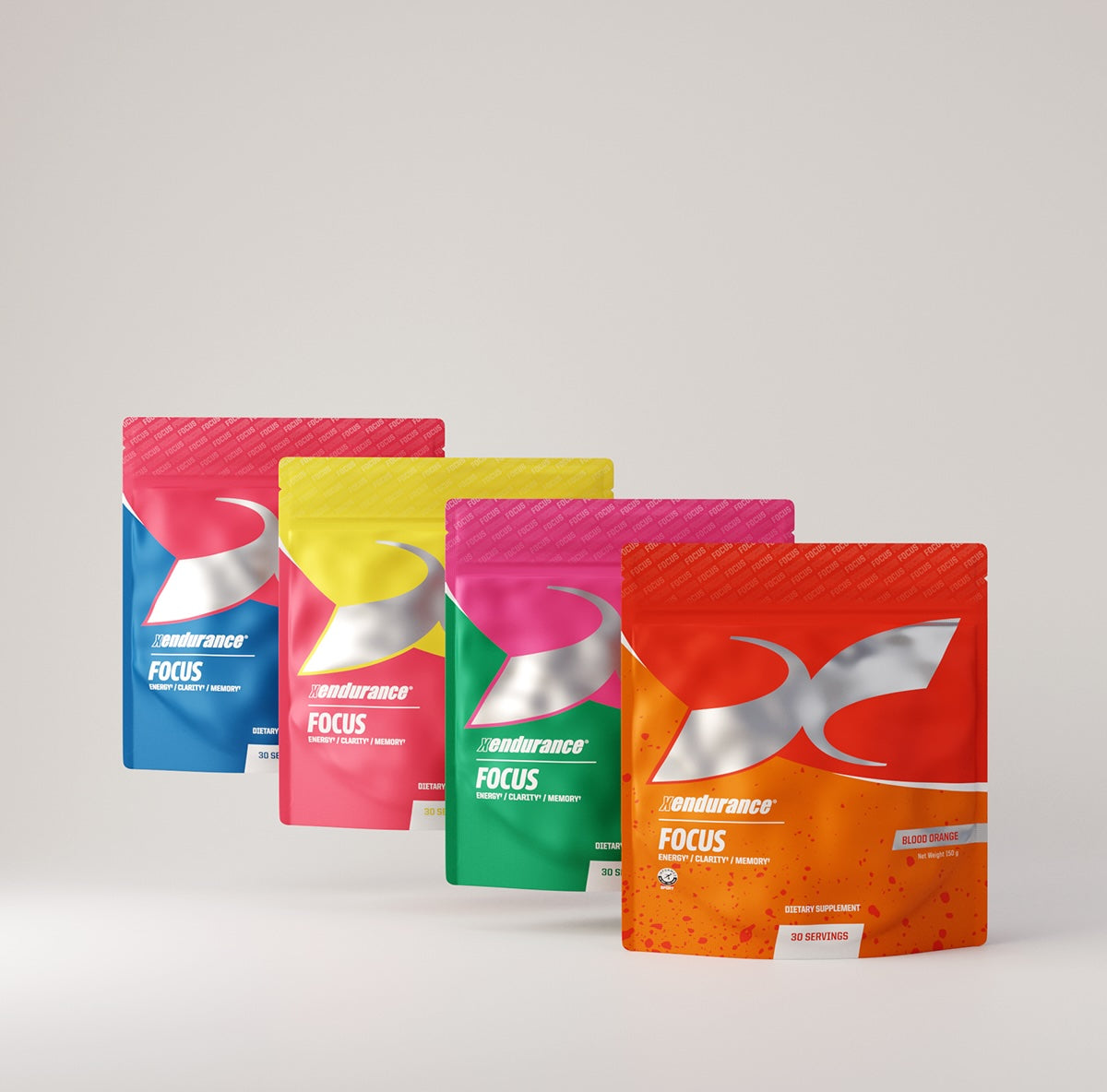Strong People Are Harder to Kill
In a world where physical and mental challenges are ever-present, the phrase "strong people are harder to kill" resonates as both a motivational mantra and a scientific truth. Coined in fitness circles and popularized by figures like Arnold Schwarzenegger, this idea underscores the profound link between strength, resilience, and survival. A 2016 study, provides compelling evidence that building muscle mass and strength is not just about aesthetics—it’s about thriving in the face of adversity. This blog explores why stronger people thrive, offering practical fitness and resilience tips grounded in science and real-world application.
The Science of Strength and Survival
The Outlast blog, Strong People Are Harder to Kill, cites a 2023 study showing that individuals with lower muscle mass face a higher risk of death from all causes, including cancer, metabolic disorders, and respiratory diseases. A related study of 400,000 people found that those who strength trained 2–3 times per week had a 20% reduced risk of early death. These findings echo anthropological truths: stronger early humans were better equipped to hunt, defend against threats, and endure harsh environments. Today, strength remains a cornerstone of survival, not against predators, but against chronic diseases and modern stressors.
Dr. William Wallace, a nutraceutical researcher and health educator, recently emphasized this on Instagram, stating, “Muscle tissue is metabolically active. More muscle mass improves our ability to pull glucose from the bloodstream, reducing insulin demand and supporting overall health.” His post underscores how strength training enhances metabolic health, a key factor in longevity. By increasing muscle mass, we improve glucose regulation, reduce inflammation, and bolster immunity—making us, quite literally, harder to kill.
Why Strength Matters in 2025
In 2025, fitness trends reflect a shift toward functional, sustainable health. Wearable tech tracks our biometrics, AI-driven apps personalize workouts, and mental health is as critical as physical prowess. Strength training fits seamlessly into this landscape, offering benefits that extend beyond the gym. Here’s why stronger people thrive:
- Physical Resilience: Muscle mass acts as a buffer against injury and illness. Stronger individuals recover faster from surgeries, falls, or infections, as muscle tissue supports immune function and tissue repair.
- Metabolic Health: As muscle improves glucose uptake, it reduces the risk of diabetes and metabolic syndrome. This is critical in an era where sedentary lifestyles are rampant.
- Mental Toughness: Strength training builds discipline and confidence, fostering a mindset that tackles challenges head-on. Physical strength correlates with lower anxiety and depression rates.
- Longevity: Strength training preserves bone density, enhances mobility, and combats sarcopenia (age-related muscle loss), ensuring independence in later years.
Fitness Tips to Build Strength
To harness these benefits, incorporate the following evidence-based fitness strategies, tailored to 2025’s tech-savvy, holistic fitness culture.
1. Prioritize Compound Movements
Compound exercises like squats, deadlifts, bench presses, and pull-ups engage multiple muscle groups, maximizing strength gains and mimicking real-world movements. The Outlast study emphasizes functional fitness, noting that these exercises improve daily tasks like lifting groceries or climbing stairs.
- How to Start: Begin with bodyweight versions (e.g., push-ups, air squats) if you’re a beginner. Aim for 3–4 sets of 8–12 reps, 2–3 times per week.
- Tech Tip: Use apps like FitnessAI or wearables like the Oura Ring to track form and recovery, ensuring optimal progress.
2. Train 2–3 Times Per Week
The 400,000-person study cited found that 2–3 weekly strength sessions significantly reduce mortality risk. Consistency is key—45–60 minutes per session is enough to see results without burnout.
- Sample Routine:
- Day 1: Squats, bench press, bent-over rows
- Day 2: Deadlifts, overhead press, pull-ups
- Day 3: Functional HIIT (e.g., kettlebell swings, box jumps)
- Pro Tip: Schedule workouts using Google Calendar or apps like MyFitnessPal to stay accountable.
3. Incorporate Progressive Overload
To get stronger, gradually increase weight, reps, or intensity. This principle ensures that muscles adapt and grow.
- Example: If you squat 100 pounds for 10 reps, aim for 105 pounds or 12 reps next week.
- Tech Integration: Smart gym equipment like Tonal adjusts resistance automatically, making progressive overload seamless.
4. Blend Strength with Mobility
Mobility exercises like yoga or dynamic stretching prevent injuries and enhance performance. Stronger individuals with better mobility thrive in daily life, from carrying kids to hiking.
- Routine Add-On: Spend 10 minutes post-workout on stretches like hip flexor lunges or thoracic rotations.
- Trend Alert: Follow #mobility on TikTok for quick, expert-led routines, as searches are up 35% in 2025.
5. Leverage Wearable Tech
Wearables like Fitbit or Apple Watch track heart rate variability, sleep, and recovery, aligning with 2025’s top fitness trend. Data-driven insights (e.g., monitoring glucose levels) optimize health.
- Actionable Tip: Use wearables to ensure you’re recovering adequately between sessions, aiming for 7–8 hours of sleep to support muscle repair.
Resilience Tips for Mental and Emotional Strength
Physical strength is only half the equation—mental resilience is equally vital. The study links strength training to improved mental health and holistic wellness. Here’s how to build resilience:
1. Practice Mindful Movement
Exercise like yoga or tai chi combines physical effort with mindfulness, reducing stress and enhancing focus. These align with 2025’s mental health fitness trend, as 79% of gym members prioritize psychological benefits.
- Try This: Join a virtual yoga class via Peloton or YouTube, aiming for 1–2 sessions weekly.
- Benefit: Mindfulness boosts serotonin, complementing strength training’s endorphin release.
2. Build a Support Network
Group fitness or wellness coaching fosters community, a key resilience factor. Social connections enhance adherence to fitness goals.
- Action: Join a local CrossFit box or online fitness community like Strava to share progress and challenges.
3. Set Realistic Goals
Resilience grows from achievable milestones. The 20% mortality risk reduction in the study came from consistent, moderate effort—not extreme regimens.
- SMART Goals: Aim to increase your deadlift by 10% in 3 months or complete 10 push-ups without stopping.
- Track Progress: Use apps like Strong to log workouts and celebrate small wins.
4. Prioritize Recovery
Overtraining undermines resilience. Sleep and nutrition are critical for metabolic health, which supports mental clarity.
- Sleep: Aim for 8 hours nightly, using wearables to monitor sleep stages.
- Nutrition: Consume 0.7–1g of protein per pound of body weight daily (e.g., 120g for a 170-pound person) to fuel muscle growth.
5. Embrace Failure as Growth
Resilience means bouncing back from setbacks. Strength training teaches this—missing a lift isn’t failure; it’s data for improvement.
- Mindset Shift: Journal about challenges and lessons learned, using apps like Day One for reflection.
- 2025 Trend: Somatic exercises, up 2,120% in search volume, help process emotional stress through movement.
Tying It All Together: The Hard-to-Kill Mindset
The phrase “strong people are harder to kill” encapsulates a mindset of preparedness and adaptability. Strength training reduces mortality risk, while also connecting muscle mass to metabolic resilience. In 2025, this mindset is more relevant than ever, as we navigate hybrid fitness models, AI-driven coaching, and a focus on mental health.
To embody this ethos:
- Train Smart: Use compound lifts, progressive overload, and tech to build strength efficiently.
- Recover Well: Prioritize sleep, nutrition, and mobility to sustain progress.
-
Stay Resilient: Cultivate mental toughness through community, mindfulness, and goal-setting.
Call to Action
Start today. Pick one tip—whether it’s a squat session, a yoga class, or a protein-packed meal—and commit to it for a week. Strength isn’t just about surviving; it’s about thriving in a world that demands your best.
By building muscle and resilience, you’re not just harder to kill—you’re unstoppable.









Leave a comment
This site is protected by hCaptcha and the hCaptcha Privacy Policy and Terms of Service apply.